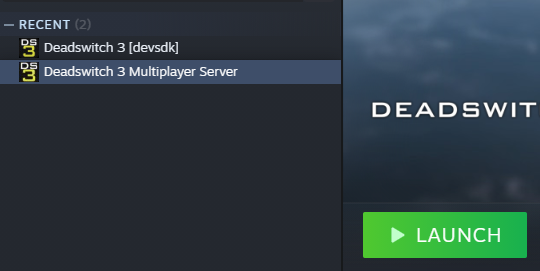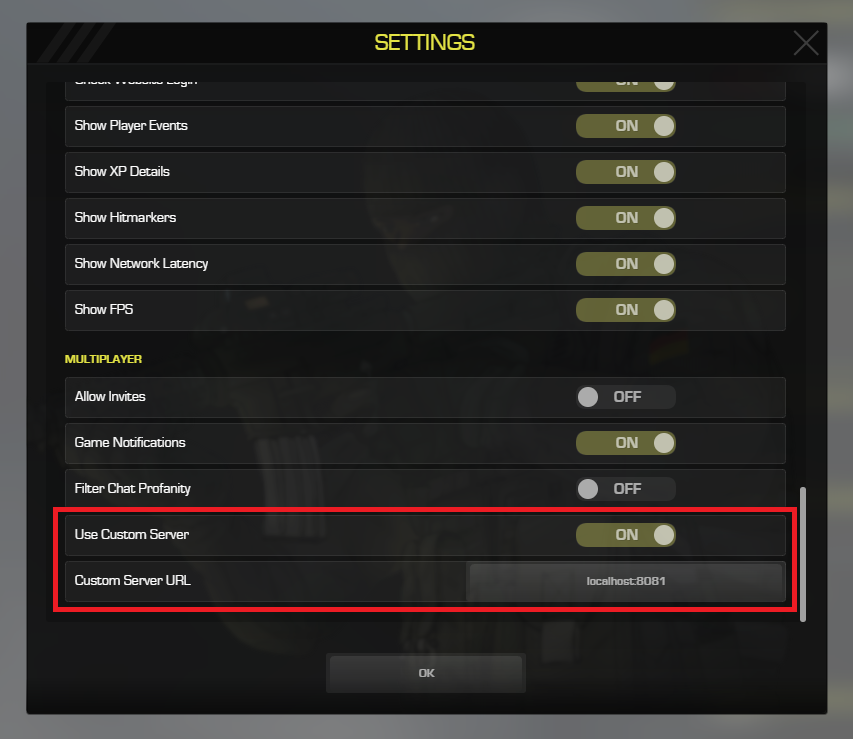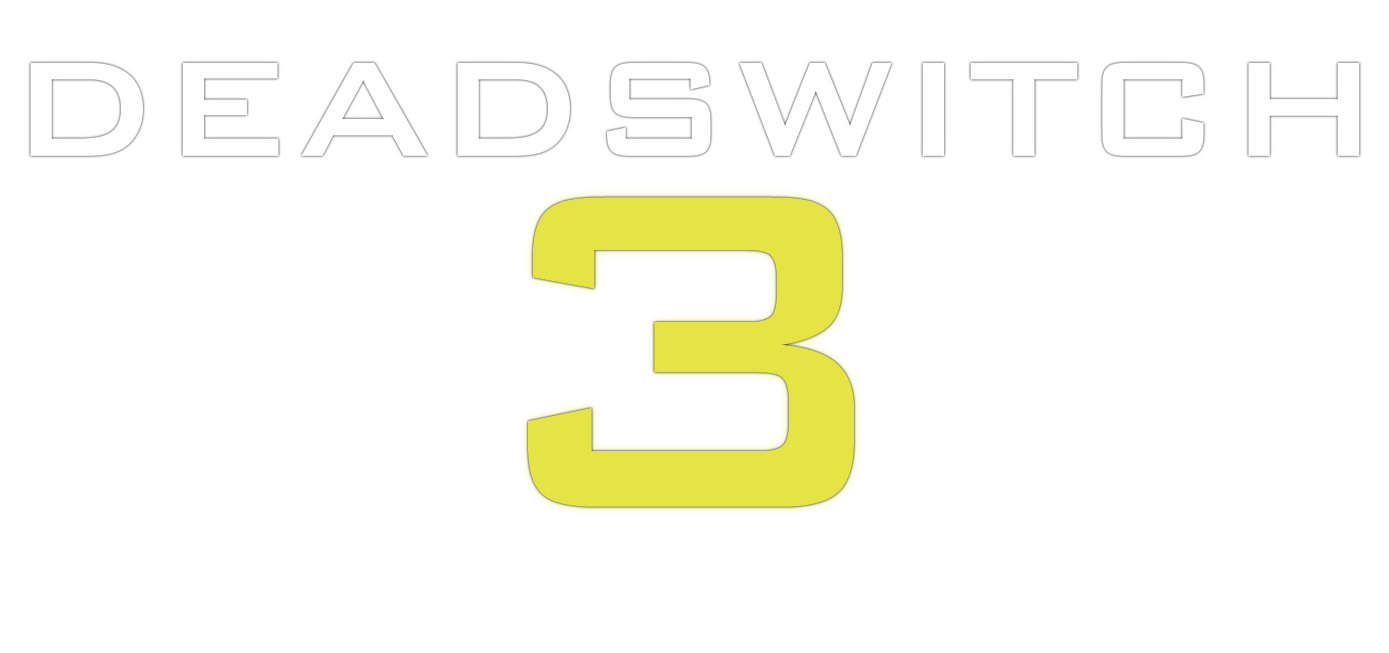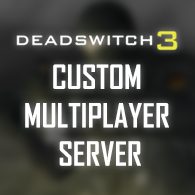Overview
Hosting your own Deadswitch 3 multiplayer server is easy to do. The entire process only takes a few minutes to setup. After setup, you can run the server instantly.
It’s recommended to have a basic understanding of command line usage.
You can host it on your local machine for LAN play or on an external cloud service like Digital Ocean, Linode, Vultr, Heroku, AWS, etc. These services typically provide free tiers that don’t have any costs.
Note that access to clans is not available when using a custom multiplayer server for security reasons.
Requirements
Method 1: Deadswitch 3 Multiplayer Server Tool
Note: This method requires Deadswitch 3 installed on Steam.
Simply install and launch the Deadswitch 3 Multiplayer Server tool in your Steam library. This tool is automatically included when you install Deadswitch 3 on Steam.

Click the Launch button to start the server.
Method 2: Repository Access
You will need to be granted access to the Deadswitch 3 custom multiplayer server repository. Contact WilkinGames#7992 on Discord for access. This method is easier for hosting the server on external hosts.
NPM and Node
You will need npm installed on the machine you wish to host the server on. npm is free and easy to install.
You can check if you already have npm installed:
npm -vIf not, follow the instructions on the npm website to install for your operating system: https://nodejs.org/en/download/
Example: Install Node on Ubuntu
In the directory you wish to install the multiplayer server, run the following:
sudo apt update
curl -sL https://deb.nodesource.com/setup_14.x -o nodesource_setup.sh
sudo bash nodesource_setup.sh
sudo apt install nodejsVerify Node Version
To verify you have Node installed on your machine, run the following:
node -vIf Node was installed successfully, this command should output a version such as:
v14.16.0Specs
It’s recommended to have access to at least 1 CPU and 2GB of RAM on the machine the server is running on. These requirements scale as the number of concurrent games in progress grows.
Hosting
You can either host on your local PC or an external service.
Hosting on Local PC
If you wish to host the server on your local PC, make sure you have Node installed.
Note that this will only allow players on your LAN to connect, unless you have some sort of port-forwarding set up.
You will need to add a local proxy for LAN players to connect, since they will not be able to connect to a localhost URL. You can use https://github.com/icflorescu/iisexpress-proxy for this.
Hosting on External Service (Cloud Hosting)
You can use a free or cheap cloud service to host the multiplayer server which will allow any player with the URL to join over the internet.
Instructions
Deadswitch 3 Multiplayer Server Tool
Simply launch the tool from Steam.
Alternatively, you can navigate to the directory where you installed it and run the start.bat file.
Repository/External Service Usage
Navigate to the directory in which you wish to install the Deadswitch 3 multiplayer server.
Clone the repo, install modules, and then start the server:
git clone <url>
npm install
npm startIf the server was successfully started, you should see the following output:
Deadswitch 3 Custom Multiplayer Server vx.x.x
...
Listening on IPv6 :::8081Connecting to the Server
Once the server is running, players can now connect. The server runs on port 8081 by default.
First, enable the Use Custom Server setting in-game.
Enter the Custom Server URL that your server is running on.
For local machines: If you are hosting the server on your local PC, use the default (localhost:8081).
For external services: Enter your external server IP address. Remember to include the port 8081 if necessary (for example 192.1.1.1:8081).

Ranked > Multiplayer will now connect to the custom server URL you have specified. Simply turn off the Use Custom Server setting to revert back to using the public server list.

Server Management
Updates
Note: Updates are automatically installed for the Deadswitch 3 Multiplayer Server tool.
Server side updates are frequently released. Each time you start the multiplayer server, make sure you’re using the latest version. You’ll need to stop and restart the server in order for changes to take effect.
To update the server code to the latest version:
git pull
npm install
npm startConfiguration
You can configure server settings in the settings.json file.
PM2
It’s useful to automatically restart the server in the event it stops for any reason, especially if you have maxUptimeHours set. Using PM2 handles this, ensuring the server remains active until manually stopped. This is particularly useful if you are hosting on an external service.
Install PM2:
sudo npm install pm2 -g
pm2 start server.js
pm2 logs

